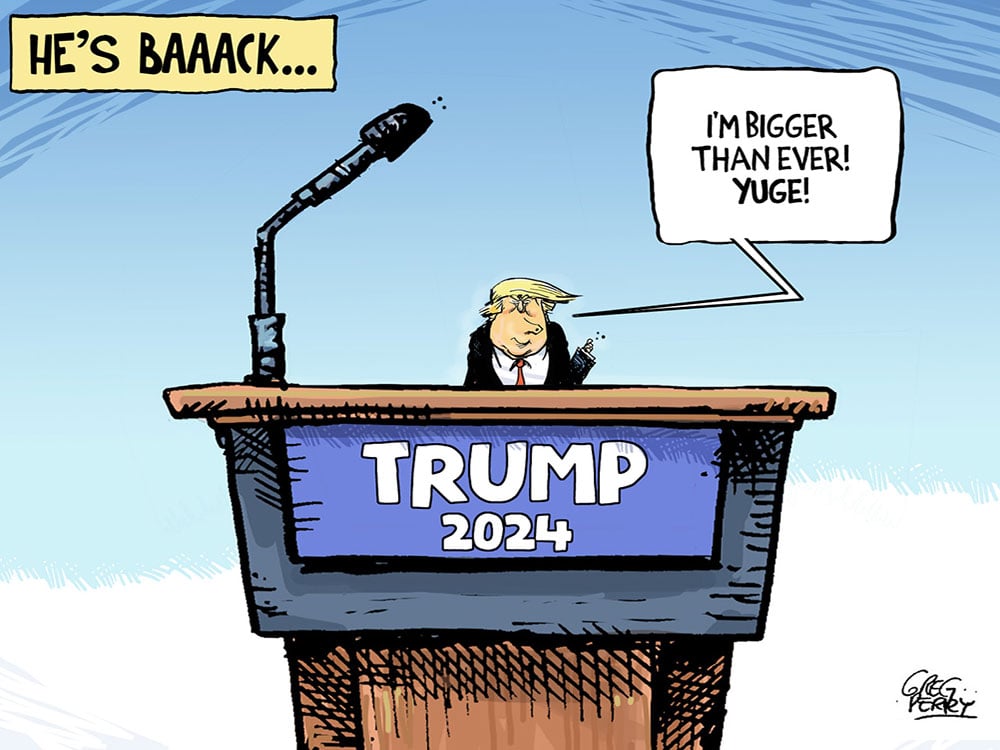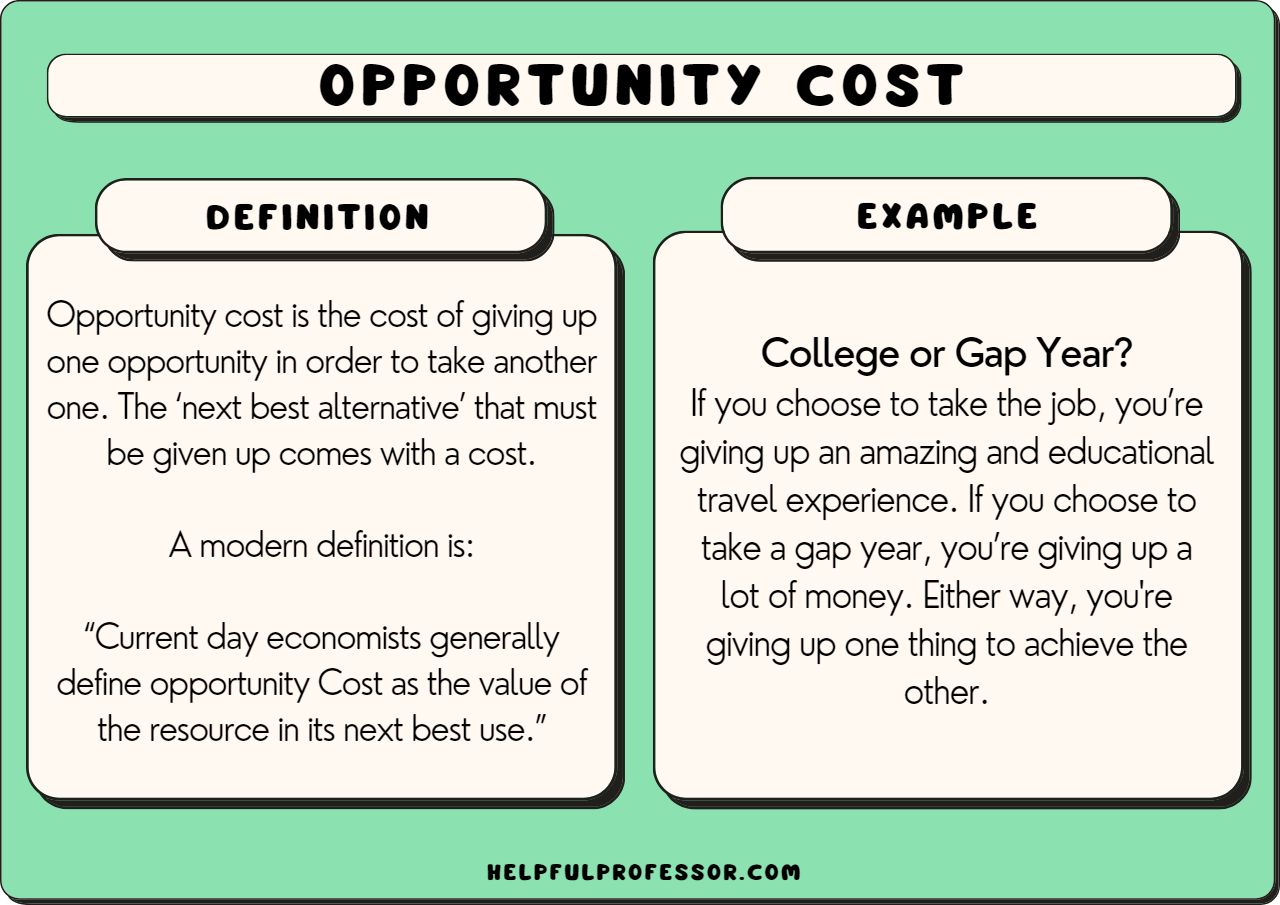Scrutinizing The Details: An Analysis Of Trump's Aerospace Policy

Table of Contents
Space Force Creation and its Implications
The establishment of the United States Space Force as a separate branch of the military under Trump's administration was arguably the most visible change in US aerospace policy. This decision reflected a growing recognition of the importance of space-based assets for national security and a desire to better protect American interests in the increasingly contested space domain. The Space Force's budget allocation, while subject to ongoing debate, represents a significant investment in military space capabilities.
- Impact on military space capabilities: The Space Force aims to enhance the military's ability to operate and defend its space-based systems, including satellites crucial for navigation, communication, and intelligence gathering. This includes developing advanced technologies for space-based weapons and defensive systems.
- Effects on private sector space companies: The Space Force's establishment has opened up new avenues for collaboration and contracting with private sector space companies, potentially fostering innovation and competition in the military space sector. This represents a significant shift toward space privatization in the military context.
- Potential for increased international space competition: The creation of the Space Force has been interpreted by some as an escalation of the "space race," potentially leading to increased competition and even conflict in space with other nations like China and Russia, impacting space security globally. The Space Force budget directly reflects this new era of competition.
Changes in NASA Funding and Priorities
Trump's administration also oversaw significant changes in NASA's budget and priorities. While NASA experienced fluctuations in overall funding, there was a noticeable shift towards human spaceflight, particularly with the renewed focus on the Artemis program aiming for a return to the Moon.
- Increased funding for human spaceflight: A key policy under Trump prioritized funding for human spaceflight initiatives, leading to increased investment in the Artemis program, aiming to land the first woman and the next man on the Moon by 2024.
- Decreased funding for certain Earth science programs: Conversely, some Earth science programs experienced budget cuts, raising concerns among scientists about the impact on climate change research and environmental monitoring. This reallocation of resources significantly shaped NASA's research priorities.
- Impact on NASA's scientific research and technological development: The shift in priorities toward human spaceflight has had a cascading effect on NASA's overall scientific research and technological development, impacting areas beyond human space exploration. The NASA budget allocates funds across various research programs, and any reallocation has a far-reaching impact.
Impact on Defense Spending and Aerospace Contractors
The increase in overall defense spending during the Trump administration significantly impacted the aerospace industry, resulting in increased contracts for major aerospace contractors.
- Increased contracts for military aerospace projects: Aerospace companies like Boeing and Lockheed Martin received substantial contracts for military aerospace projects, benefiting from the rise in defense spending. The awarding of these defense contracts often involves complex bidding processes.
- Effects on jobs and economic growth in the aerospace sector: This surge in military contracts stimulated job growth and economic expansion within the aerospace sector, particularly in regions with significant aerospace manufacturing capabilities. The economic impact of these contracts is substantial and far reaching.
- Potential for overreliance on military contracts: The heavy reliance on military contracts, however, raises concerns about the long-term health and sustainability of the aerospace industry, as it can create a dependency on government spending and potentially stifle innovation in civilian aerospace.
International Relations and Space Cooperation (or Competition)
Trump's administration's approach to international space cooperation was characterized by a complex mix of collaboration and competition. While some collaborative efforts continued, there was also a heightened focus on national security in space, potentially impacting international space agreements.
- Changes in international space agreements: While some international space agreements remained in place, the emphasis on national security considerations raised questions about the future of broader space cooperation, particularly with countries like China and Russia.
- Relationships with key spacefaring nations (e.g., Russia, China): Relations with key spacefaring nations, including Russia and China, experienced periods of both cooperation and tension, reflecting the complexities of international relations within the space domain. Space diplomacy has become more complex in recent years.
- The rise of space as a potential arena for geopolitical competition: The Trump administration's policies highlighted the increasing importance of space as a potential arena for geopolitical competition, as nations strive to establish dominance in the space domain. This has led to discussions regarding potential space arms races.
Conclusion: Evaluating the Legacy of Trump's Aerospace Policy
Trump's aerospace policy left a complex and multifaceted legacy. The creation of the Space Force dramatically reshaped the military landscape, while the shifting priorities at NASA generated both opportunities and concerns. Increased defense spending boosted the aerospace industry but also raised questions about overreliance on military contracts. Furthermore, the administration's approach to international space cooperation highlighted the growing geopolitical significance of the space domain. The long-term implications of these policies are still unfolding, demanding continued analysis and debate. To further understand the complex legacy of Trump's aerospace policy, explore resources from reputable aerospace journals and government reports. Continue the conversation about Trump's Aerospace Policy by sharing your thoughts in the comments below.

Featured Posts
-
 Voyager Technologies Space Defense Firm Files For Ipo
May 18, 2025
Voyager Technologies Space Defense Firm Files For Ipo
May 18, 2025 -
 Kanye West Claims Taylor Swift Blocked His Super Bowl Performance
May 18, 2025
Kanye West Claims Taylor Swift Blocked His Super Bowl Performance
May 18, 2025 -
 Netflix Top 10 Shakeup True Crime Series Beats Highly Rated Romance Drama
May 18, 2025
Netflix Top 10 Shakeup True Crime Series Beats Highly Rated Romance Drama
May 18, 2025 -
 Confortos Dodgers Opportunity Learning From Hernandezs Example
May 18, 2025
Confortos Dodgers Opportunity Learning From Hernandezs Example
May 18, 2025 -
 Pokhorony Po Uestovski Instruktsiya Vdokhnovlennaya Pashey Tekhnikom
May 18, 2025
Pokhorony Po Uestovski Instruktsiya Vdokhnovlennaya Pashey Tekhnikom
May 18, 2025
Latest Posts
-
 Fifteen Years Later Amanda Byness Comeback Project Announced
May 18, 2025
Fifteen Years Later Amanda Byness Comeback Project Announced
May 18, 2025 -
 Find Easy A On Bbc Three Hd Your Complete Tv Guide
May 18, 2025
Find Easy A On Bbc Three Hd Your Complete Tv Guide
May 18, 2025 -
 From Hollywood To Only Fans Amanda Bynes Career Transition
May 18, 2025
From Hollywood To Only Fans Amanda Bynes Career Transition
May 18, 2025 -
 Amanda Bynes Announces New Showbiz Venture Her First In 15 Years
May 18, 2025
Amanda Bynes Announces New Showbiz Venture Her First In 15 Years
May 18, 2025 -
 Amanda Bynes Only Fans Debut 50 Monthly Fee 15 Years After Acting Retirement
May 18, 2025
Amanda Bynes Only Fans Debut 50 Monthly Fee 15 Years After Acting Retirement
May 18, 2025
